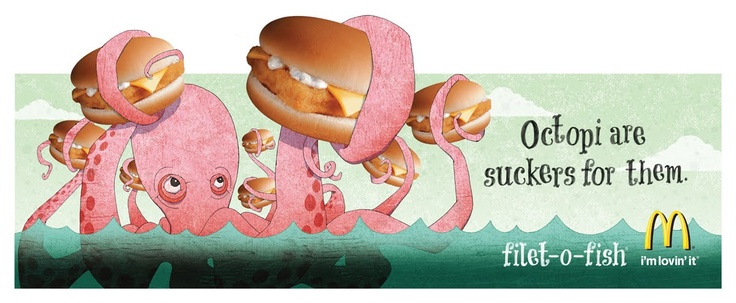So much of marketing and connecting with your audience is about depth –
creating a sufficiently deep connection so your audience stop scrolling or walking on. This occurs by immediately invoking depth of feeling and emotion within your audience. The human brain processes images 60,000 times faster than text. When it comes to marketing or brand awareness, customers find visual content more engaging and exciting.
As the internet and printed media become more image-focussed, organisations have become increasingly reliant on illustration to fill white space and add character to their web and printed pages that is non-generic and reflects their unique characteristics. Illustration can benefit online and offline marketing in many ways.
To make your organisation or message memorable, modern marketing can require creativity that defies the norms. Illustrations are unique in this aspect because they can magically conjure any human emotion, variety of people, environment, weather condition and countless other aspects. A good illustrator knows how to add artistic distinction and style to marketing with the use of the story told by their illustration. A character’s expression, choice of colour and light in an environment and a host of other artistic design tools can depict versatile ideas from a simple statement to a complex message that photos cannot do.
In Parts 1 and 2 of this guide we will look at 12 ways in which illustration can significantly boost an organisation’s marketing. Using examples from industry, here in Part 1 we consider the first six:
01: Creates awareness to your audience
02: Draws attention to your brand or products
03: Cost-effective
04: Enhances text
05: Promotes a better response
06: Stands with your audience
01: Creates Awareness to Your Audience
Illustration is a must in marketing because of its ability to create and promote brand awareness to audiences. Advert creators use illustrations to create an awareness of what they want users to know and interact with. For example, an advert with a David and Goliath fight in a wrestling ring is a great way of showing patients how a drug knocks down a particular disease.
02: Draws Attention to Your Brand or Products
The goal of marketing is to grab an audiences attention to your brand or product. Therefore, marketing should be crafted so it catches and maintains attention before the message can establish. Illustration connects quickly with an audiences wide range of emotions. For example, humour is one of the central emotions for hooking current and future customers because it provides that dopamine hit, and we’ll come back for more of that. Illustrations are more powerful at invoking a greater sense of humour than photographs.

03: Cost-Effective
Illustration is cost-effective in marketing and enables organisations to save on expensive advertising costs. This is because it is easier and cheaper to work with illustrations than to produce photo-based campaigns. If an organisation decides not to use stock photography, the average professional photoshoot can become very expensive. They require models, location work (if outdoors then a reliance on suitable weather), props, and comprehensive post-shoot photoshopping.
With illustration, you don’t need any of these things. In addition, I am a digital artist so amending an illustration is much easier than a photograph. Therefore, you will spend less to communicate the same message.
04: Enhances Text
Most of the time (but not always) words are necessary for a successful advert. However, to enhance a message illustrations provide an effective ‘quick read’ support. Good illustrations that promote an emotion can sink quicker and deeper into the audience’s consciousness and remain longer. With illustrations, adverts deliver superior outcomes than a mere wall of text.
05: Promotes a Better Response
Speaking face-to-face with someone (in person or via video call) is always better than sending an email because of the way we use our visual aspects of communication. So incorporating illustration in marketing is an excellent way of encouraging better audience responses. The success or failure of an advertising or marketing campaign is dependant on its response. Once the illustrations have communicated the required emotion, better responses make it easy for campaigns to create positive feedback on social media.
We humans are emotional creatures, and emotions determine our purchasing choices. A compassionate feel to your online presence will also reflect your product or service. So reflecting emotion will let your audience associate their own feelings with your brand and conduct business with you.
A little humour is a saviour and can even bring colour to unavoidable and unwanted pages. Illustrations are so powerful that we can take something unpleasant, like landing on a 404 Not Found page, or an unsuccessful payment, and turn it around into something amusing.

06: Stands with your audience
Given the different styles and scenes available through illustration, you can market your product, campaign or brand with interests most popular amongst your target audience. Some organisations undertake significant research to get to know their audience. So, if you know that your target audience have an eye for science and technology, then geometric, concise illustration will appeal to them far more and get them to engage with your organisation.
In part 2 of this guide…
we will continue to see how illustration can make your marketing or advertising extra special and boost its effectiveness, considering the following topics:
- Delivers customer education
- Catches visual attention
- Customisation
- Precludes boring and overused stock photos of styles
- The selling power of aesthetics, and
- Storytelling unites your organisation


